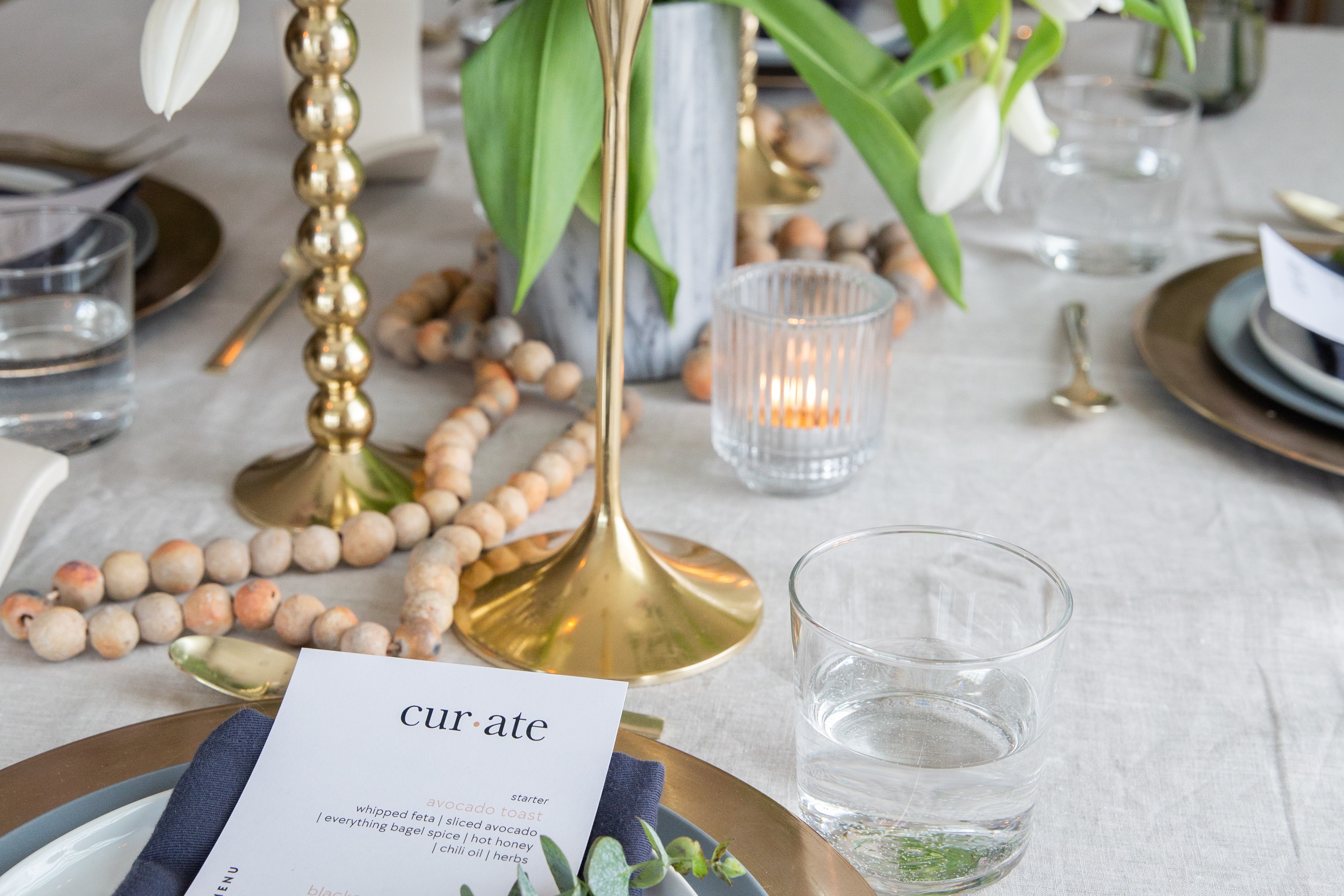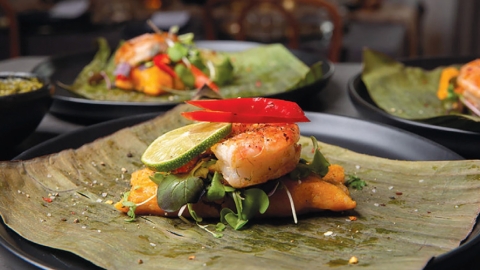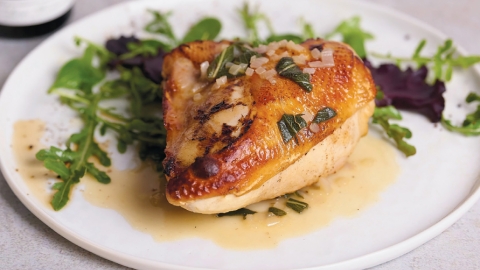The State of Western NY Hospitality
The Evolving Landscape of Hospitality
Hospitality in a post-pandemic world is different. Labor challenges, heightened consumer expectations and the need for greater transparency are some of the biggest changes that have emerged. Consumers demand more—more from their experiences, more information about what they are consuming, and more authenticity from the brands and establishments they support.
In response to these changing consumer patterns, my team and I created Curate, a hospitality agency that first came to life through tailored pop-up dinners and private dining experiences but has evolved into special projects, programs and partnerships in the food (and food-adjacent) space. Through chef-centric experiences, we aim to provide access to something more personalized and authentic—to satiate demand for unique and meaningful gatherings while building a supportive network of private chefs and solo caterers.
The Power of Collaboration
The rise of collaboration is a significant trend in the hospitality industry. More than ever, partnerships are being used to drive mutual gains. Pop-up events, for instance, are becoming a popular way to monetize otherwise dark days or low-volume spaces—whether it’s at a farm on a weeknight or a restaurant during off-peak hours. These collaborations not only help utilize space more efficiently but also create unique experiences for consumers.
As one example, when global hospitality company Delaware North approached Curate with the goal of deepening their connection to the Buffalo food community, we saw the chance to bring our events to life in a more meaningful way. Now, we host a Guest Chef Series that features a bimonthly chef collaboration at Patina 250, the upscale restaurant owned by Delaware North.
Diversification: A Key to Resilience
One of the many impacts the pandemic has had on the hospitality industry was to highlight the need for diversification. Relying on a single revenue source is no longer viable, especially with rising food costs and labor shortages. Restaurateurs are forced to get creative and explore new avenues for revenue. Private chef work and pop-ups have proven to be natural extensions, but cookbooks too are making an unexpected resurgence as a means of supplemental revenue—and, in a way, becoming a rite of passage providing credibility and opening a door to brand extension.
Food at the Forefront
We are witnessing a growing trend of integrating food into spaces that traditionally might not have focused on culinary experiences. Art galleries hosting food-centric events, museums offering themed dining experiences, or even retail stores incorporating cafés or food pop-ups have emerged as avenues to enhance customer experience. It’s a way to engage multiple senses and create more immersive environments for visitors or customers.
As Buffalo’s AKG Art Museum was planning the opening of a renovated and expanded art gallery, they sought to create a comfortable space and approachable menu at the new café. The café, named Cornelia, has come to life featuring colorful dishes and artful touches that pair well with the gallery walls and pay homage to the café’s namesake, Cornelia Bentley Sage Quinton.
Looking Ahead
The hospitality industry is ever evolving, and staying ahead of the curve requires constant innovation and adaptation. By embracing change and fostering collaboration, we believe, the hospitality industry in Western New York can not only survive but thrive.








